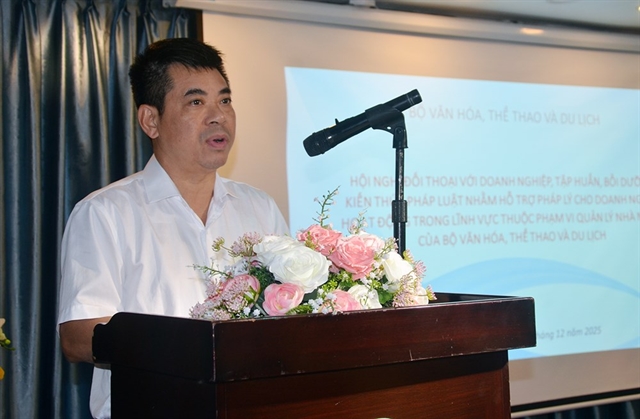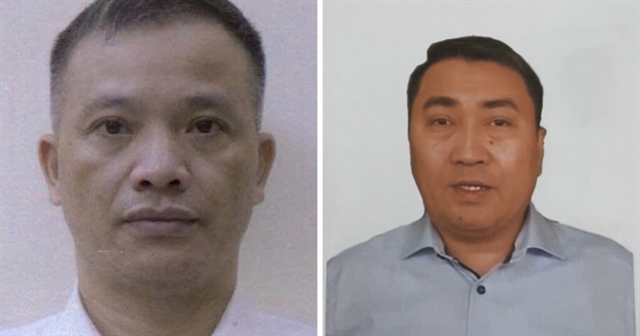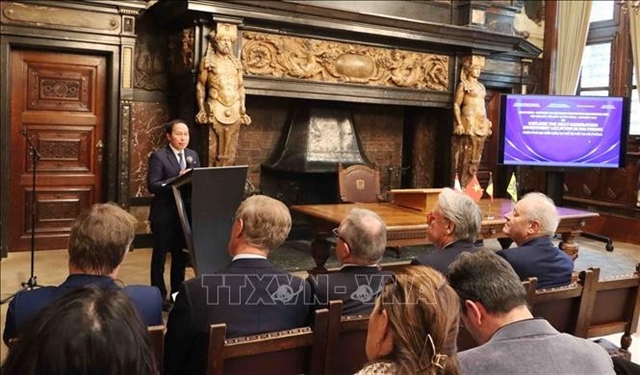 Society
Society

The Việt Nam Register (VR) on Tuesday asked its branches nationwide to tighten inspection of waterway vessels after a ferry accident in HCM City on April 8.
 |
| A passenger boat in Bạch Đằng Wharf in HCM City. — VNA/VNS Photo An Hiếu |
HÀ NỘI — The Việt Nam Register (VR) on Tuesday asked its branches nationwide to tighten inspection of waterway vessels after a ferry accident in HCM City on April 8.
A high-speed Greenlines DP C3 ferry, which began operating in April 2016, sank near Tắc Suất Wharf in Cần Giờ District when it was travelling from Vũng Tàu to Tắc Suất terminal.
The captain noticed that the gearbox had started to malfunction when the ferry was some 300m from the terminal. After the crew noticed water rapidly flowing into the cabins, the captain immediately docked the ferry at Tắc Suất terminal, and the crew evacuated all 42 passengers safely.
After the accident, VR called for tightened inspection of all waterway vessels, including cargoes, passenger boats and floating restaurants.
VR’s branches were also asked to publicise lists of vessels that needed re-examining due to invalid quality certificates.
Meanwhile, the transport ministry approved the project on installation of Automatic Identification System (AIS) and Very High Frequency (VHF) on waterway vessels to improve waterway traffic safety, security, search and rescue.
AIS is an automated and autonomous tracking system that is used extensively in the maritime world for exchange of navigational information between AIS-equipped terminals. With AIS, static and dynamic vessel information can be electronically exchanged between AIS-receiving stations (onboard, ashore or satellite).
VHF is conventionally defined as a portion of the electromagnetic spectrum, including any radiation with a wavelength between 1m and 10m and a frequency of 300-30mhz. VHF signals are widely employed for television and radio transmissions.
Under the project, between 2018 and 2020, the Inland Waterways Traffic Department will build AIS and VHF stations along Việt Nam’s coastline as well as in the northern and Mekong Delta regions.
During this period, vessels that are required to be equipped with AIS and VHF include high-speed passenger boats, river-sea combined boats, container ships, cargoes that carry dangerous goods, such as petroleum, oil or chemicals, vessels that are used to dredge or carry building material, cargoes with a load of over 1,000 tonnes and boats that carry more than 50 passengers.
During 2021-22, waterway vessels required to install AIS and VHF include those carrying a load of 500 tonnes to less than 1,000 tonnes and boats carrying 20-50 passengers.
After 2022, cargoes with a load of 300 tonnes to less than 500 tonnes are required to install AIS and VHF. — VNS




